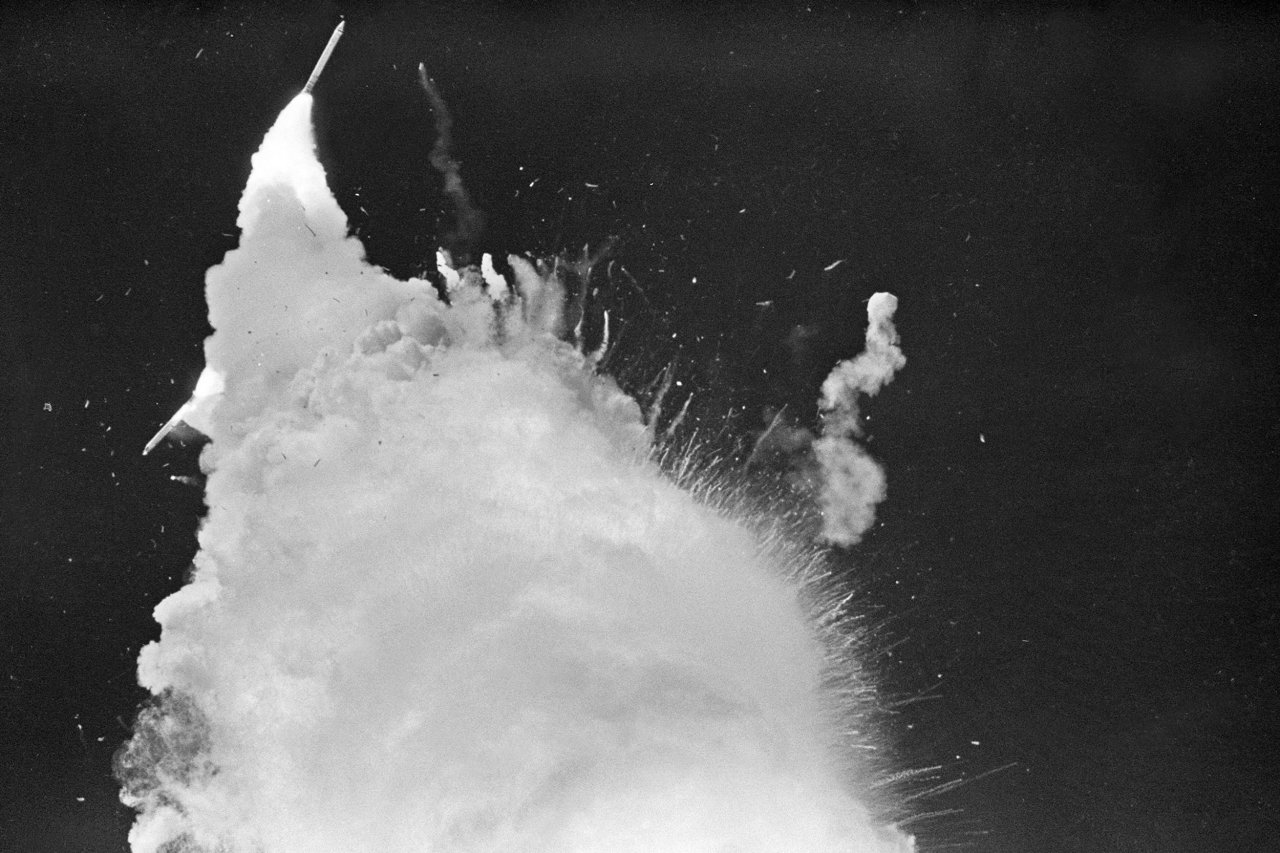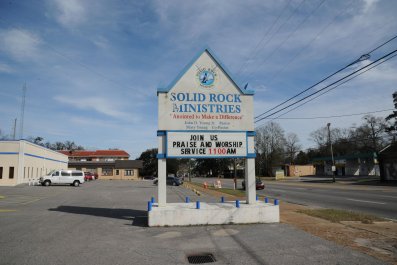On his way to a top altitude of more than 62 miles, test pilot Mike Melvill heard what he described as a "tremendous bang" from the engine of SpaceShipOne. Thankfully, things ended well on that June day in 2004, with Melvill landing safely in the Mojave Desert, and entering the history books as the first private sector astronaut to reach outer space. Although the source of that distressingly loud noise was not determined, there was theory within the aerospace industry that rocket fuel had become jammed in the engine. "For a second or two, the astronaut didn't know whether the hunk of fuel was going to go out the nozzle or whether the combustion chamber was going to explode," speculates Sid Gutierrez, a former test pilot and astronaut. "It wound up going out the nozzle, so life was good for him that day."
All of that is to say: Rocket fuel can be dangerous. Gutierrez's Florida-based startup, Rocket Crafters, is hoping to reduce those risks with its newly patented rocket fuel, made in part with 3-D printers.
Hybrid Technology
Unlike most rocket fuel, which is either solid or liquid (NASA's current standard), Rocket Crafters's is a hybrid: part solid, part liquid. The solid is acrylonitrile butadiene styrene (ABS). It's the material Legos are made from, and surprisingly also makes for decent rocket fuel. The liquid is nitrous oxide, familiar to most Americans from whipped cream cans or the dentist's chair but used in this case to aid combustion. The two ingredients are kept in different chambers of the rocket engine and gradually combined to produce thrust. Because the ABS and nitrous oxide are held separately and in different forms (solid and liquid), the odds of their accidental mixture and detonation are exceedingly low. The use of hybrid fuel also necessitates a hybrid engine, which is relatively simpler, and thus less expensive, than a liquid-fueled engine.
A liquid-fueled rocket can cost from $26 million to $35 million; Rocket Crafters hopes to reduce that figure by up to 80 percent.
But the choice of hybrid fuel isn't where Rocket Crafters's biggest innovation lies. Besides being the stuff of Legos, ABS is also one of the primary materials used by 3-D printers. This allows Rocket Crafters to produce solid fuel grains in custom-designed shapes and with precisely placed additives. The geometric design increases each 8-foot-long grain's stiffness, which prevents vibrations that can rattle dangerously throughout the engine, while the additives deliver more energy, improving performance while maintaining consistency. Up until now, performance and consistency have been hybrid fuel's biggest hurdles to widespread adoption.
Rocket Crafters has big plans for its newly patented fuel. Eventually, it will be at the heart of the Intrepid-1, the company's line of launchers intended to deliver communications and imaging satellites into orbit with greater precision than is currently possible. Right now, small satellites blast off 60 at a time on large rockets, meaning companies must essentially carpool, making compromises on where and when their satellites launch. The Intrepid-1 is sized to deliver single satellites at a fraction of the cost.
On a longer timeline, Gutierrez is hoping that advancements in safety, cost and reliability will make spaceflight accessible to consumers as tourists. "A satellite doesn't get a vote as to what it flies on," he acknowledges, "but people do, and they want to fly on the safest thing possible."





















